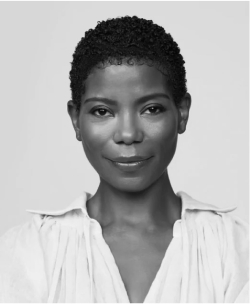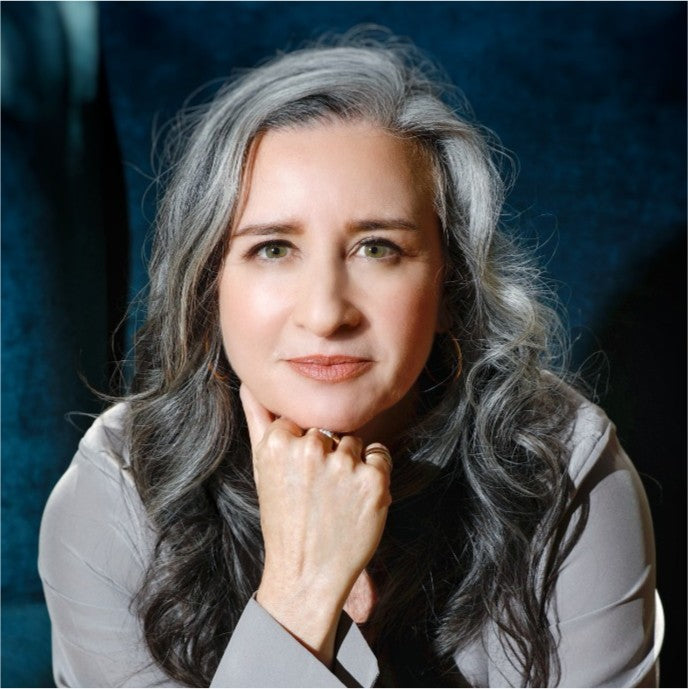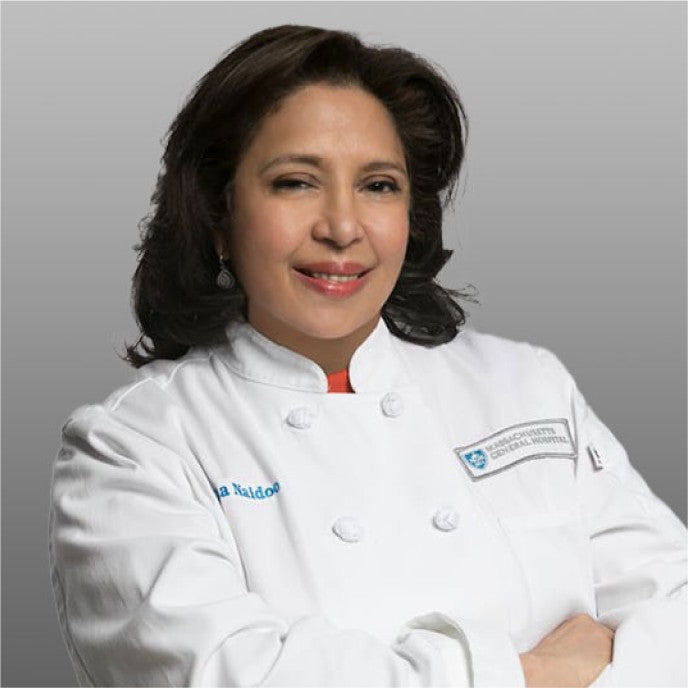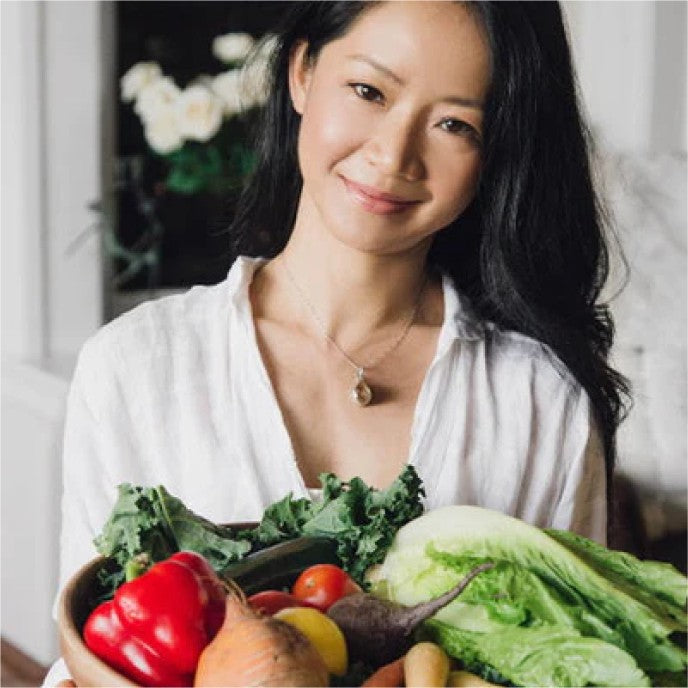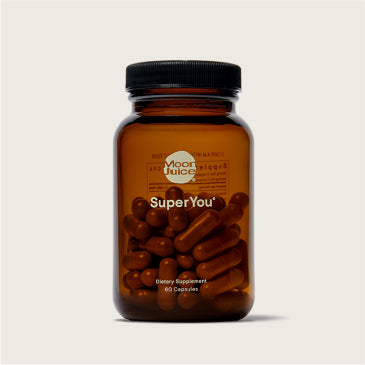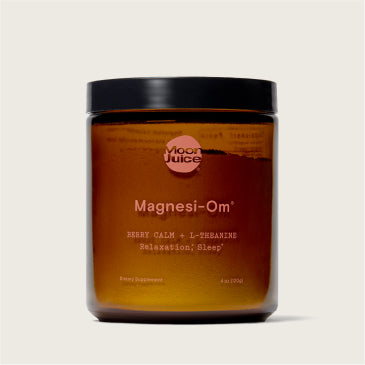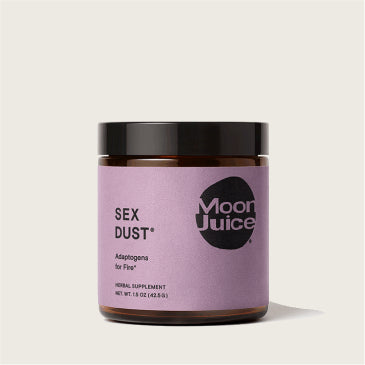“Keratin layers are on the scalp as well as on the hair fabric and fiber. When the keratin breakdown on the scalp happens, you’re disturbing the entire organ. Our organ of the scalp is an organism community. The keratin is so necessary for the function and overall health of maintaining the microbiome, where the hair follicle resides. When that is worn away, you're reducing the foundation of what that organism is based off of.
It also allows for an overproduction or underproduction of sebaceous glands — so your oil, your sudiferous glands, your sweat glands — all these things that create the moisture environment for a hair fiber to be a nice feeling fiber. So all of those things are compromised.
I think there's an overplay of thinking that you can put keratin onto keratin. You can't do that. Those things are all superficial. What you want to do is literally change the microbiome and improve the scalp microbiome. And that's really what we want to be thinking about, not so much thinking about replacing keratin anywhere, because that's going to be more internal. We want to think about ensuring that we are respecting and maintaining the microflora and our own scalp microbiomes.
“I think there's an overplay of thinking that you can put keratin onto keratin.”
The health of the body is going to allow this to function. But there are also habits in the way that you shampoo, cleanse, and take care of your scalp that help retain that keratin on the surface. And the keratin fiber is going to be based on how you’re maintaining lipids, proteins and humectants on your hair fiber or fabric.
Keratin is a form of protein. And there are different types of proteins. In hair fiber, it’s important to find protein sources that are superficially acting as bonders to allow the moisture and lipids which creates the non-frizzy, pretty, fluffy curls or straight — whatever your hair texture or hair fibers are.
But when you do a keratin treatment, what they’re doing is pushing in — with excessive amounts of heat and a lot of times some type of polymer — a superficial coating into the holds of the cuticle. The cuticles are like shingles on a roof, so it just flicks them down so it’s shiny. You get a lot of reflection, it has elasticity.
My pushback is there are treatments and ways and rituals to handle your hair to be able to ensure that you are paying attention to your own lifestyle habits and hair processes to retain the proper amount of protein, moisture, and lipids through a hair ritual practice. And there are so many ways to do that with amazing brands and products out here in the market.”
Sign Up, Nerd Out
Get wellness tips, education, and recipes
delivered straight to your inbox.
Get wellness tips, education,
and recipes delivered
straight to your inbox.
Want more? This is an excerpt from a longer convo with Bridgette Hill — listen or watch here!

